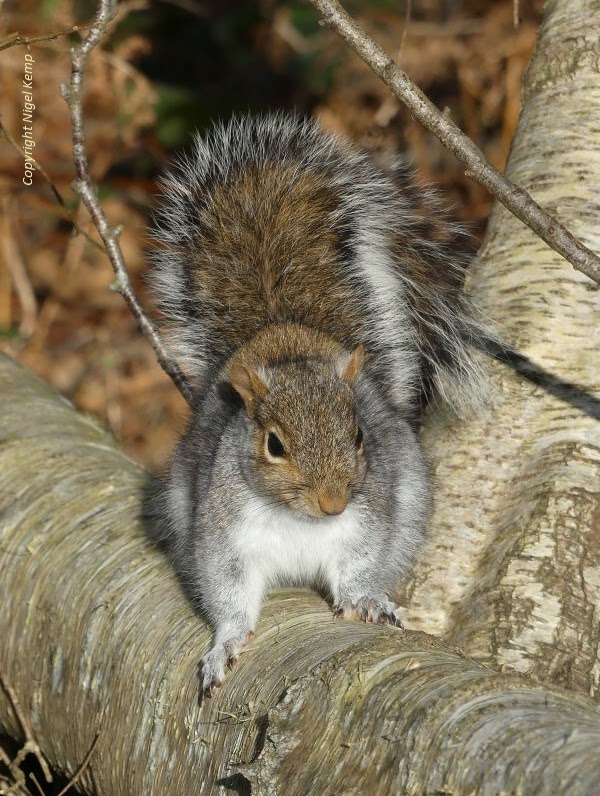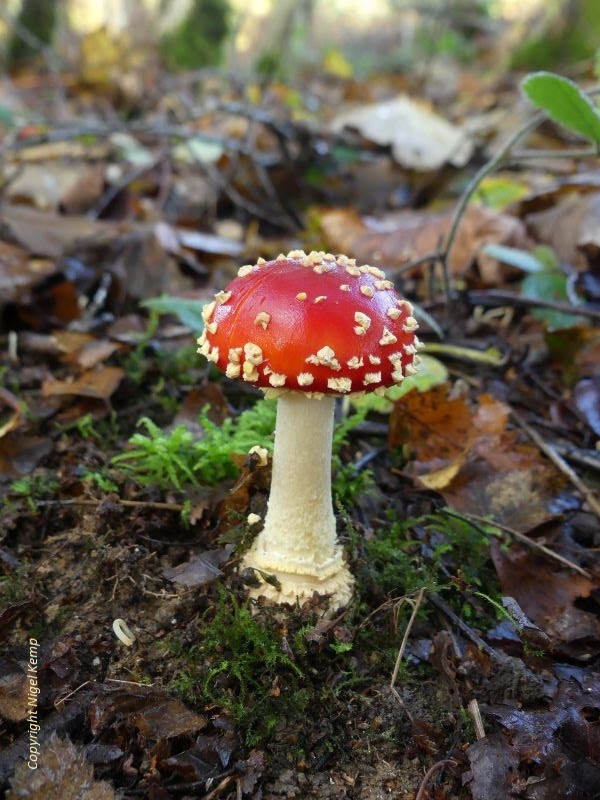Back in June of this year, we spent a week in Scotland and I had timed our stay to coincide with the flight period of the Northern Damselfly (Coenagrion hastulatum). This is arguably our most endangered species of damselfly in Britain and is confined to just a few sites in and around Abernethy Forest in the Scottish Highlands.
We managed to make use of 45 minutes of sunshine before the weather closed in for the rest of the day. Just a few males were seen.
Northern Damselfly (Coenagrion hastulatum) (males)
The male in the next two photographs was carrying an infestation of mites on the underside of its thorax.
Several species of British butterflies occurring in Scotland have subspecies status. Taxonomy is a very complicated science and I don't pretend to be any sort of expert in this field. In some species, the status is fairly clear-cut but in others there is some disagreement as to whether such status is merited. Suffice to say that Taxonomists are constantly re-evaluating the names of species and subspecies.
For descriptions and current information on this subject, go to the species pages at www.ukbutterflies.co.uk
Speckled Wood (Pararge aegeria ssp. oblita) (male)
South Shian, Argyllshire.
Green-veined White (Pieris napi ssp. thomsoni) (mating pair, female on right)
Glen Loy, Inverness-shire.
Small Pearl-bordered Fritillary (Boloria selene)
(The Scottish populations of selene were formerly categorised as ssp. insularum but are no longer regarded as being a separate subspecies to the rest of the British populations)
Glen Loy, Inverness-shire.
males.
females.
Chequered Skipper (Carterocephalus palaemon) (male)
Glen Loy, Inverness-shire.
Argent & Sable (Rheumaptera hastata)
Glen Loy, Inverness-shire.
Clouded Buff (Diacrisia sannio)
(male aberration, where the normal mustard yellow colour of the forewings has been replaced by pale grey and the pink highlights have been replaced by brown)
Glen Loy, Inverness-shire.
Black Guillemot (Cepphus grylle)
Oban, Argyllshire.
Hooded Crow (Corvus corone cornix) (juvenile)
Northern Marsh Orchid (Dactylorhiza purpurella)


























































